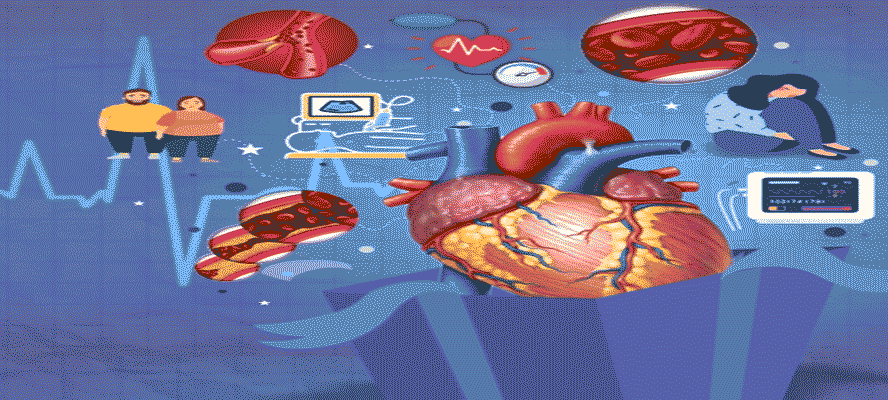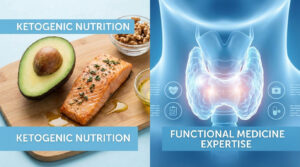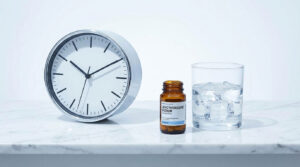What Are Lipids?
Lipids are a class of organic compounds found in the human body, insoluble in water. These include fats, oils, hormones, and even components of cellular membranes. They perform several vital bodily functions, including serving as the body’s energy source, aiding in digestion, and providing insulation. Along with carbohydrates, they are responsible for generating most of the energy required for the healthy functioning of the human body.
What Is A Lipid Profile Test?
A lipid panel or a coronary risk panel is a blood tests that determines the amount of lipids in your bloodstream. Lipids are carried throughout the body by lipoprotein particles. In this test, these particles are analyzed to measure and account for the total cholesterol present within them. Once the test is over, this resultant panel consists of four separate cholesterol measurements and your triglyceride level.
When your blood contains too many lipids, these molecules can build up in your blood vessels and arteries, causing damage and increasing your risk of cardiovascular disease. As a result, medical professionals use lipid panels to assess the risk of cardiovascular disorders such as heart disease, heart attack (myocardial infarction), and stroke throughout all age groups.
What Are The Components Of A Lipid/Cholesterol Panel?
A lipid panel analyses a blood sample for five different types of lipids, including:
- Total cholesterol is a combination of LDL-C, VLDL-C, and HDL-C, representing the overall cholesterol levels in your body.
- LDL cholesterol, or ‘bad cholesterol,’ is a kind of cholesterol with low-density lipoprotein (LDL) content. It is considered ‘bad’ because it can accumulate in your blood vessels, increasing your risk of heart disease.
- VLDL cholesterol is a form of cholesterol with very low-density lipoproteins (VLDL). Since it is largely derived from the food you’ve recently eaten, it is generally present in very low quantities in a fasting blood sample. It is crucial to note that a rise in your VLDL cholesterol in a fasting sample could indicate a problem with lipid metabolism.
- HDL cholesterol, or ‘good cholesterol, is cholesterol made of high-density lipoproteins. It is called ‘good’ since it reduces LDL accumulation in your blood vessels.
- Triglycerides are a type of fat present in the food we consume. High triglyceride levels in the blood are commonly linked to an increased incidence of cardiovascular diseases and pancreatic inflammation.
Why Is A Lipid Profile Important?
Before we try to understand the significance of a lipid test, let’s become familiar with the concept of cholesterol and the role it plays in your body. cholesterol is a waxy molecule present in your body’s cells.
It is fundamentally responsible for bodily activities such as the formation of cell walls, generating bile acids in the colon, and allowing the body to create certain hormones. However, when cholesterol levels rise, it poses a hazard since it puts you at risk for a variety of serious issues, like heart diseases, strokes, or peripheral artery disease.
Some reasons why people develop high cholesterol levels include imbalanced diets, genetic predispositions, unhealthy and sedentary lifestyles, excessive alcohol consumption, and use of cigarettes.
Hence, in such cases, lipid tests are crucial to monitor and maintain healthy cholesterol levels. This cholesterol test represents blood cholesterol levels accurately and aids in the assessment of cardiovascular disease risk.
It helps make a preemptive diagnosis allowing you to seek treatment and make the necessary changes for a healthy body. If left undiagnosed or untreated, it can result in a stroke, cardiovascular diseases and even blocked or hardened arteries, as seen in atherosclerosis.
Can I Take A Lipid Panel?
Lipid panels are often in screening for different diseases and monitoring purposes. If you have been diagnosed with one or more risk factors for cardiovascular diseases, regular cholesterol tests can help you spot increased cholesterol levels and seek treatment.
It is medically advisable for all individuals over the age of 20 years to undergo this test and get their lipid levels checked. From a diagnostic point of view, these panels can be used to test for pancreatitis, hypothyroidism and chronic kidney diseases.
Like adults, children are also prone to high cholesterol levels. In children, this abnormality may rise due to hereditary factors, poor diets or obesity. If a parent has elevated cholesterol levels, it is better to ensure frequent lipid tests for both the adult and the child to watch out for any anomalies.
How Do I Prepare For A Lipid Profile?
Generally, you are required to fast for 10 to 12 hours before your blood sample is drawn for a lipid panel. Although you can opt for a lipid test without fasting, it is recommended that you ask your healthcare provider about the same.
What Do The Lipid Panel Results Of A Healthy Adult Look Like?
The optimal level for a healthy adult are
- Total Cholesterol– Under 200 mg/dL (measured in milligrams per deciliter of blood-mg/dL)
- High-Density Lipoprotein (HDL) Cholesterol– Above 60 mg/dL
- Low-Density Lipoprotein (LDL) Cholesterol: Below 100 mg/dL
Note: For people with diabetes, low-density lipoprotein (LDL) cholesterol should be below 70 mg/dL
- Triglycerides– Below 150 mg/dL.
If your results are higher or lower than the widely acceptable range, you may be at a borderline, intermediate or high-level risk for cardiovascular issues. Generally, elevated total cholesterol levels, LDL and triglycerides, along with lower levels of HDL, can indicate an increased risk for CVD. Although rare, low cholesterol levels are strong indicators of malnutrition.
Analyzing Your Lipid Panel Results
If your lipid profile results are higher than the target range, it doesn’t always mean that you have an underlying medical condition. The normal and healthy cholesterol range for an adult depends on their age, overall health, previously diagnosed diseases, recent medical history, etc. Before a final decision is made, a medical professional will account for these factors and even order further tests to corroborate their diagnosis.
If you have abnormal lipid panel results, depending on the lipid profile test price, it is advisable to continue lipid monitoring, make some lifestyle changes and go to a healthcare provider for cholesterol-regulating medication.








